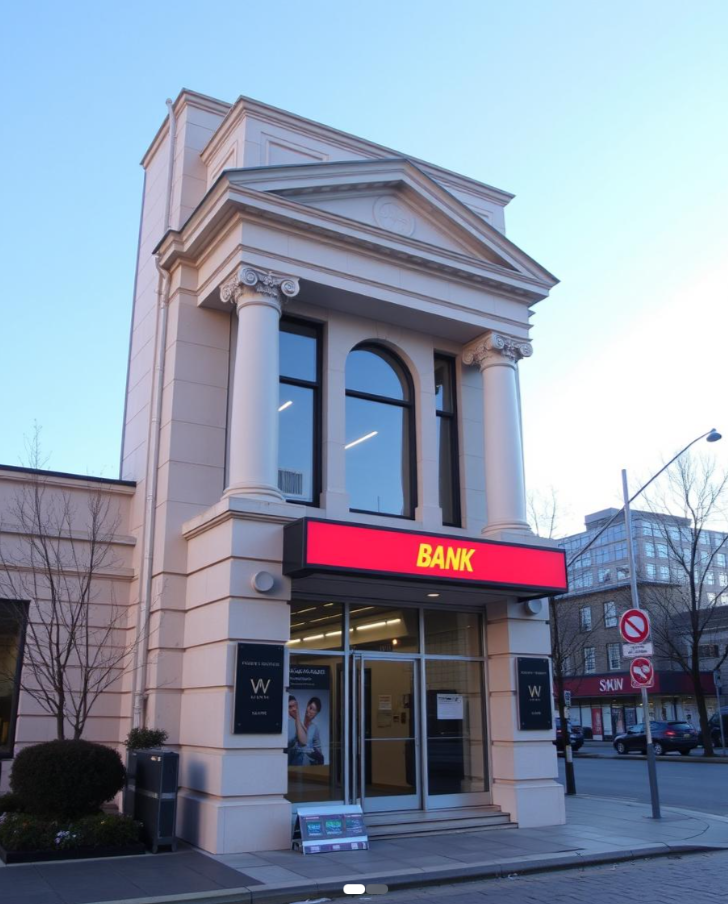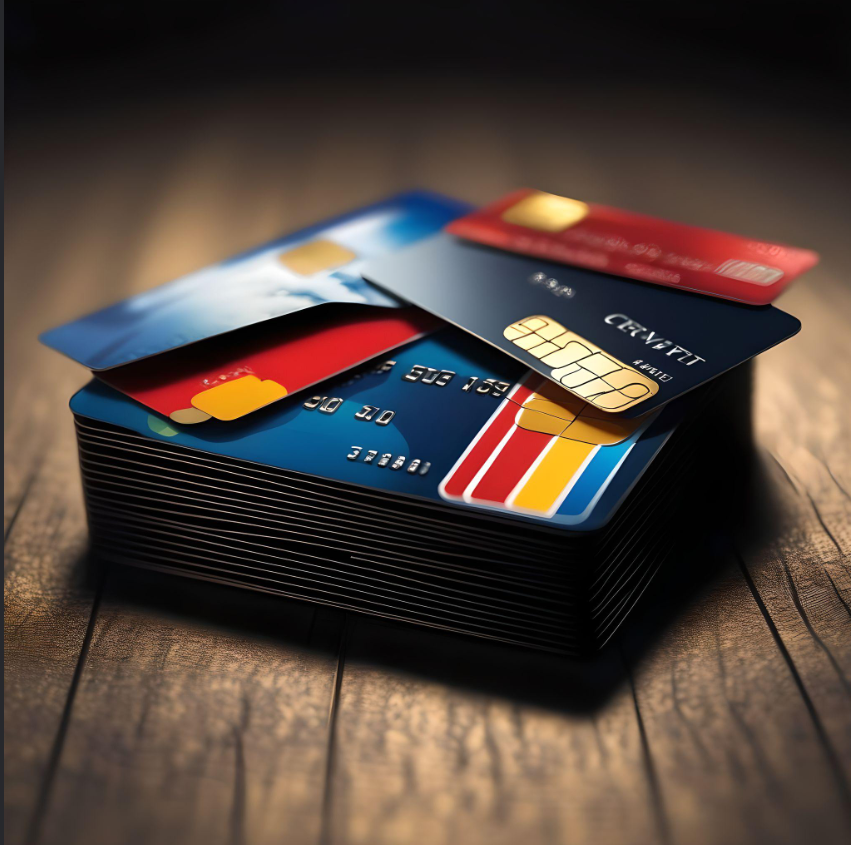Banks plays a crucial role in our life lets see how it came in our life and evolved for modern banking. in this article i am explaining about bank and functions . How Banks Became the Titans of Finance: The Evolution of Modern Banking
What is Bank?
A bank is an institutional body which accepts deposits and gave loan to an individual . Bank also provide different types of services such RTGS , Lockers etc. There are different types of banks which provides us services. Evolution of modern banking give a different direction to market .
Function of Banking
Primary Functions are the main functions of bank . These functions are the basic function of bank which helps in smoothly running of bank
Secondary Functions are the additional functions of bank provided to customers .
Modern Functions are the function i which bank add feature and provide to customers by analyzing the demand of customers and new trends in market
image upload krne k badh chota bda mat kro

Now have a look of Primary Functions of Bank
Accepting Deposits:-
Commercial banks accept deposits from their customers in the form of saving, fixed, and current deposits.
Saving Deposits:-
Savings deposits allow a customer to credit funds towards their accounts for up to a certain limit. These deposits are preferred by individuals with a fixed income, utilized to create savings over time. How Banks Became the Titans of Finance: The Evolution of Modern Banking
Fixed Deposits:-
Fixed deposits come with a predetermined lock-in period. Fixed deposits are also referred to as time deposits as the funds are deposited for a specific time frame.
Current Deposits:–
Current deposits allow account holders to deposit and withdraw money whenever necessary. This type of Accounts are used by businessmen.
Providing Loans:-
One of the main functions of commercial banks is providing credit to organizations and individuals, and profit from the earned interest.
Credit Creation:-
A unique function of commercial banks is credit creation. Instead of offering liquid cash, banks create a line of credit and transfer the loan to a business or commercial body all at once.
Secondary function of Banking
Providing Lockers Facilities:-
Commercial banks provide locker facilities to customers who want to store valuables safely. Locker facilities eliminate the impending risk of theft or loss, which prevail when kept at home.
Dealing in Foreign Exchange:-
Banks help provide foreign exchange to individuals and organizations that export or import goods from overseas. However, only certain banks which have the license to deal in foreign exchange are eligible for such transactions.
Evolution by Modern Functions
(1) It issues Credit Cards, Debit Cards, Smart Cards etc.
(2) Changing Cash for Bank deposit and Bank deposits for cash.
(3) Providing 24 hours facility of payment through ATM’s.
(4) Exchanging deposits for bills of exchange government Bond, secure and unsecured promises of trade and industrial units..
Banker and Customers relationship

- Banker:-
A banker is a person who works in banking at a senior level
- Customer:-
A customer is a person or entity receiving or benefiting from the bank, and who uses a company or banking institution to change currency. The customer is one who has a bank account.
Banks have Some General Relationships with Customers
Relationship as Debtor and Creditor:-
- The customer when deposits his money into his bank account, becomes a creditor because he is giving his money to the bank indirectly.
- This relationship gets opposite at the time when a bank customer takes the loan from the bank, the bank becomes the creditor and the customer becomes a debtor.
Relationship as Trustee and Beneficiary:-https://www.googleadservices.com/pagead/aclk?s
- The bank performs the relationship as a trustee with his customer when the bank customer deposited his property or other assets.
- In this case, the bank holds the property of other documents of bank customers in exchange for the loan provided by the bank.
- The person who is depositing the property or other document is known as the beneficiary.
Relationship as Pledger and Pledgee:-
- The banker performs the relationship of Pledger and Pledgee when the customer took the loan from the bank and deposits some security to the banker.
- The customer becomes a pledger and the bank is pledgee.
Relationship as Advisor and Client
The relationship between banker and customer can be as advisor and client in a case when the customer invests in securities. The bank gives advice to his customer for investing.
Specific Relationship
Maintain Records:-
- It is the duty of the banker to maintain every record of the transaction, loan and investment done by the bank customer.
- These records must be clear, genuine and authorized.
- The bank customer has the right to check his transaction details whenever he needs them
Maintain Confidentiality:-
- A banker is responsible for the safety of the documents, records or any other property which is deposited by the bank customer in the bank.
- The information must remain confidential.
Obligation to honor cheques:-
The bank is responsible to accept the Cheque of the customer that is equivalent to the amount present in the account.
- There are some necessary conditions which must be fulfilled by the Cheque.
- Lack of these conditions can lead to the dishonour of cheques.How Banks Became the Titans of Finance: The Evolution of Modern Banking


